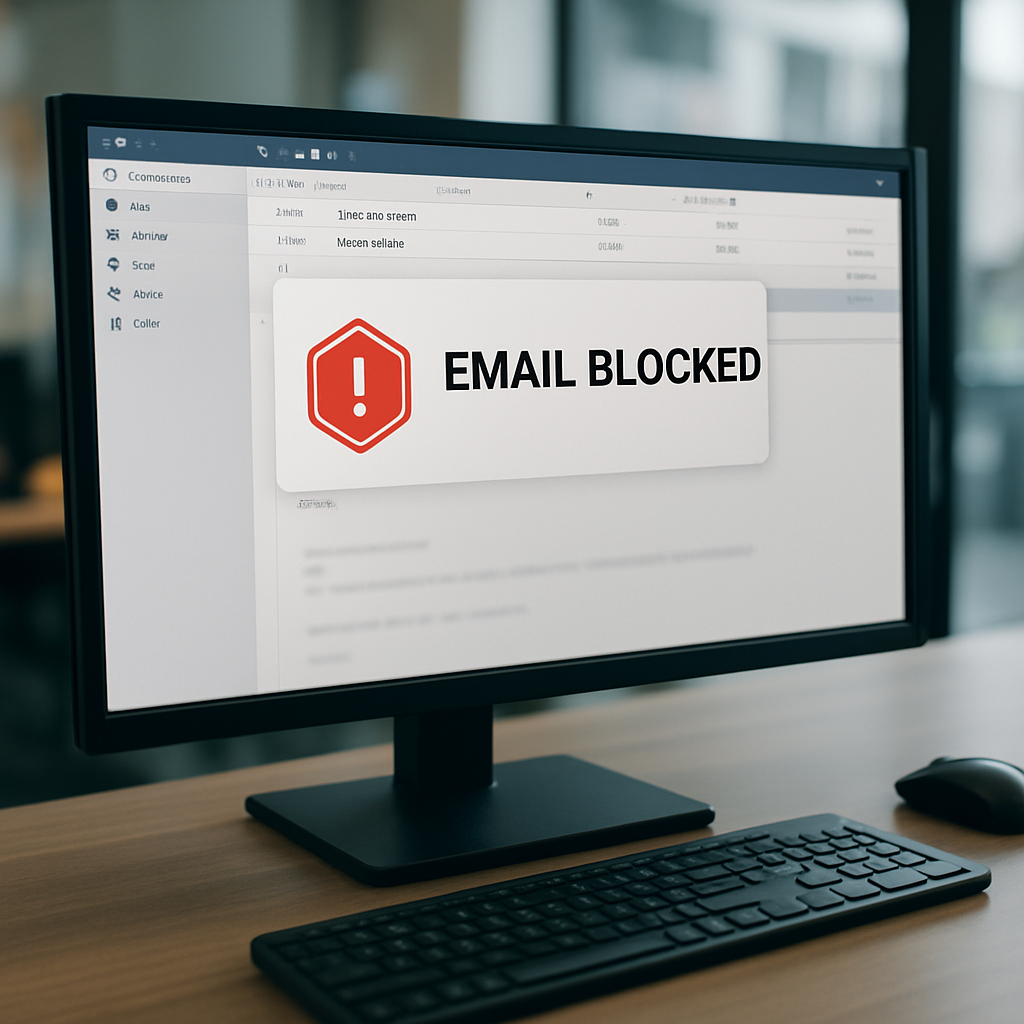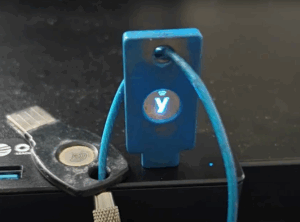Why Whitelists and Blacklists Once Worked and Why They No Longer Do
Whitelisting and blacklisting were created when networks were predictable and threats were simpler. A company had a few servers and a few vendors. If something needed to be allowed you added it to a list. If something needed to be blocked you added it to a different list. It worked when traffic flowed in small and known patterns. It worked when attackers had fewer paths into a network. It worked when systems did not depend on dozens of remote services, cloud tools, and suppliers.
That world is gone. Modern networks are too complex for any list to keep up. Every company uses cloud platforms. Every company uses third party tools. Every company sends and receives email through systems that route across multiple providers. Every company uses remote access and internet based services. Attackers learned to blend into these patterns. They learned to use the same providers and the same traffic flows that businesses already trust.
Whitelisting grew dangerous because it created easy abuse. Once a sender or server was trusted nothing checked its behavior again. If that sender became compromised the attacker gained the same access. Blacklisting failed for the opposite reason. Malicious actors moved too quickly. A domain or server could be used for only a few hours before being replaced. No one could maintain a list large enough or updated enough to keep pace.
Email is the clearest example. Years ago a blocked message triggered a request. Please whitelist this sender. It sounds harmless but the problem is almost never the filter. It is usually a deeper failure. A sender with missing D Mark records or broken SPF or DKIM cannot authenticate properly. A sender on a public block list is showing signs of compromise or poor configuration. Allowing them through does not fix anything. It removes the safety measure that alerted you to a problem.
Technology standards moved forward. Compliance frameworks moved forward. Insurance requirements moved forward. Whitelists and blacklists did not. They become weaknesses when used as shortcuts. They also create long term damage when added repeatedly without understanding the cause. By the time we see a system overloaded with exceptions it has usually lost most of its protection. The client believes everything is safe while the controls are barely functioning behind the scenes.
This is why the industry moved away from these lists. They belong to another era. Zero trust security replaced them because it acknowledges that no sender no device and no system should be trusted without validation.
How Triton Technologies Handles Whitelist Requests Using Zero Trust Security and Root Cause

When a client asks us to whitelist something we approach it as an investigation not an approval. The request tells us something is interfering with what the client is trying to do. It does not tell us that allowing the traffic is the right answer. Before we do anything we ask one question. Why did the system block this in the first place. That question exposes the real problem almost every time.
If the request involves email our team checks the sending domain. We verify D Mark. We verify SPF. We verify DKIM. We check public block lists. We look for authentication failures. We look for misconfigurations. Many senders reach out with broken records or outdated mail systems that should not be trusted. Approving them would put our client at risk. Fixing the underlying issue protects everyone.
If the request involves a website or application we check location rules and threat scores. Many of our clients operate exclusively in the United States. For those clients we use Cloudflare to block traffic from other regions because they have no operational need for it. This reduces risk and reduces noise. If a site or service is located overseas it may be blocked by default. We analyze the business need and the security posture before making a change. If access is required we validate the site the hosting platform and the purpose. We do not remove protections blindly.
If the request involves remote access or VPN systems we follow the same process. We verify the source. We validate the destination. We confirm that the change supports a safe and legitimate operation. Zero trust security means that every connection is checked. Nothing is approved simply because someone asked. Approval happens only when the real problem is understood and resolved.
This approach has saved clients from major incidents. There have been many situations where a sender requested approval but further inspection showed they were compromised. Allowing them through would have delivered malware or phishing attempts directly into the client environment. Our responsibility is to protect the client even when the request sounds simple.
We do not bandage problems. We fix them. Zero trust security demands verification at every step. It prevents shortcuts that cause long term damage. It promotes clean configurations and clean traffic patterns. It produces systems that remain stable and secure because nothing bypasses the controls without a proven reason.
Why Zero Trust Security Produces Stronger Protection and Long Term Stability

Zero trust security works because it removes assumptions. Nothing is trusted. Everything is verified. People sometimes view this as strict. In practice it is practical. Breaches do not happen because companies check too much. Breaches happen because companies trust too easily. Every major cyber incident in recent years has roots in over trusting. Trusted vendors with compromised systems. Trusted partners with outdated records. Trusted users with weak authentication.
A whitelist is an open invitation for this chain of failure. Once something is placed on it the system treats it as safe forever. Attackers know this. They target the trusted. They compromise the sender that you already allowed because they gain automatic access without triggering alarms.
We have seen firsthand what happens when exceptions pile up. The rules become a patchwork. No one remembers the reason for each change. Security tools stop behaving as designed. Problems appear with no clear cause. When this happens the only safe fix is to remove the exceptions and start clean. Clients are often surprised by how much faster and safer the system becomes once those bypasses are removed.
Zero trust security eliminates this cycle. Every request is intentional. Every rule has a purpose. Every access is validated. When something breaks it is easy to find the source because there is no clutter hiding the real issue.
This practice improves compliance outcomes. It simplifies audits. It strengthens insurance renewals. It reduces risk maps. It prevents untrusted external traffic from entering the network. It blocks compromised senders even when their email looks legitimate. It shrinks the attack surface. It creates resilience.
Most importantly it solves problems at the source. If a sender cannot authenticate we fix it or we require them to fix it. If a website is blocked we determine why and address the underlying control. If remote access fails we find the correct configuration instead of bypassing the rule. The result is a cleaner more predictable environment with far less chance of failure.
Triton Technologies applies zero trust security across global operations because it works. It protects clients in the United States. It protects clients in Europe. It protects clients in cloud based environments. It protects clients with regulatory requirements and those without. It gives every business a security posture that does not rely on outdated whitelisting and blacklisting. It replaces weak shortcuts with strong verification.
This is why we do not add exceptions unless there is evidence based justification. This is why we fix root causes instead of covering symptoms. This is why zero trust security delivers better outcomes for every client who depends on us to keep their systems safe.




